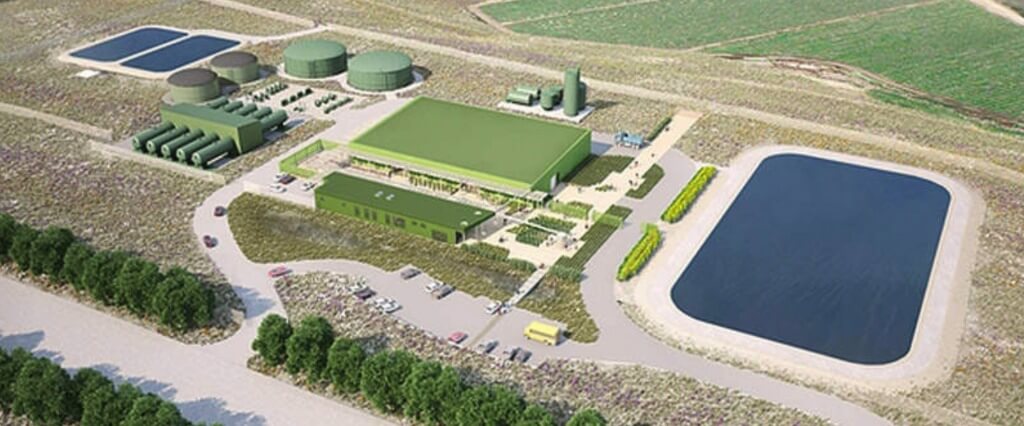Next Steps and Future Developments

So where are we now, and where do we go from here? In March of next year the California Coastal Commission (CCC) will hold a meeting in Scotts Valley to vote on whether or not Cal Am should be allowed to put in more slant wells for its desalination plant. More than likely the Commission’s staff is talking with the California Public Utilities Commission (CPUC) and – I hope – the State Water Resources Control Board. At a critical time like this, the last thing we need is dueling agencies with different agendas. Unfortunately, several water officials I have spoken with have voiced skepticism about both the agencies actually talking to each other – or that they will actually make a decision in March – both of which will likely cause further delays.
If Cal Am does get the go-ahead for the slant wells, we are still left with the question “Can they finish the desal plant by the CDO deadline?” If they can’t, we will definitely have to pursue the expansion of the PWM plant – and both the Water District and M1W have been proactive by starting the EIR for that possibility. As I wrote last week, many people feel that an expansion will get us just beyond the amount of water we actually need to build the housing projects we know about.
But is that correct? There are a lot of new developments we should consider. For instance, because our area has had a state order disallowing the addition of new water meters in place for 15 years, there is some evidence the AMBAG numbers are low. Why should cities report on something they can’t do anything about anyway? As a result, it might be prudent to plan for some additional housing.
I can think of at least three potential developments here in Pacific Grove alone that are not on the list, but which someone may want to build if water is available and water meters can be obtained. Monterey’s Housing Element lists several lots that could accommodate multi-family housing instead of just single family homes. That city is also raising the allowable height limit for housing in two specific areas of the city; is looking at approving housing in current industrial areas; and has just announced a desire to construct multi-story buildings in several areas. Other cities may follow; and Seaside already wants to build a lot more housing – including affordable housing – to meet the needs there. And now even Salinas is talking about expanding outward on the west side because of the need for more housing for the workforce already here. None of the projects above are for growth in the sense of bringing more people into the area. It is to provide housing for people who are – to a great extent – already here.
And then there is the state. California is now 3.5 million homes short of what is needed for our population, and the governor and legislature are frustrated by community building standards and zoning codes that do not allow for reasonable growth. While that shows that it is not just in Monterey County that home building has been restricted, that may be coming to an end out of sheer necessity.
To deal with this housing unavailability and rent affordability crisis, Governor Gavin Newsome just signed into law 18 bills that the legislature recently passed to make it easier to build housing – including more Accessory Dwelling Units (ADU’s). These laws will override the local zoning codes and building restrictions of local communities. Other laws streamline the permitting and approval process, limit city fees, and provide funding for moderate and low-income projects.
More ADU’s, higher buildings, higher density on lots, and new areas of development all lead to more housing – which will need more water. So the question before us is whether we want to keep the restrictive system we have (with additional water restrictions during droughts) or do we aim for more water from a drought proof source?
So while we may not need the large desal plant Cal Am is currently pursuing, we will need another source of water. This could be a smaller (but expandable) Cal Am desal plant or one built by the Monterey Peninsula Water Management District and Pure Water Monterey. Such a plant could potentially even be built along the coast in Seaside or Monterey; closer to the need and getting beyond the litigation issues we have before us using Marina Coast Water District water.
Since it would take 15 years and millions of dollars to shepherd a project to the stage we are at now, it may be prudent to allow a smaller – but expandable – desal plant. At the same time, however, we should go ahead and put in all of the infrastructure – the pipes, pumps and valves – needed for a larger future plant. It will certainly cost less now than in the future and, by having “the plumbing” available for future expansions, it will take less time to complete those projects when we need them. Let’s plan for the future – not just now.